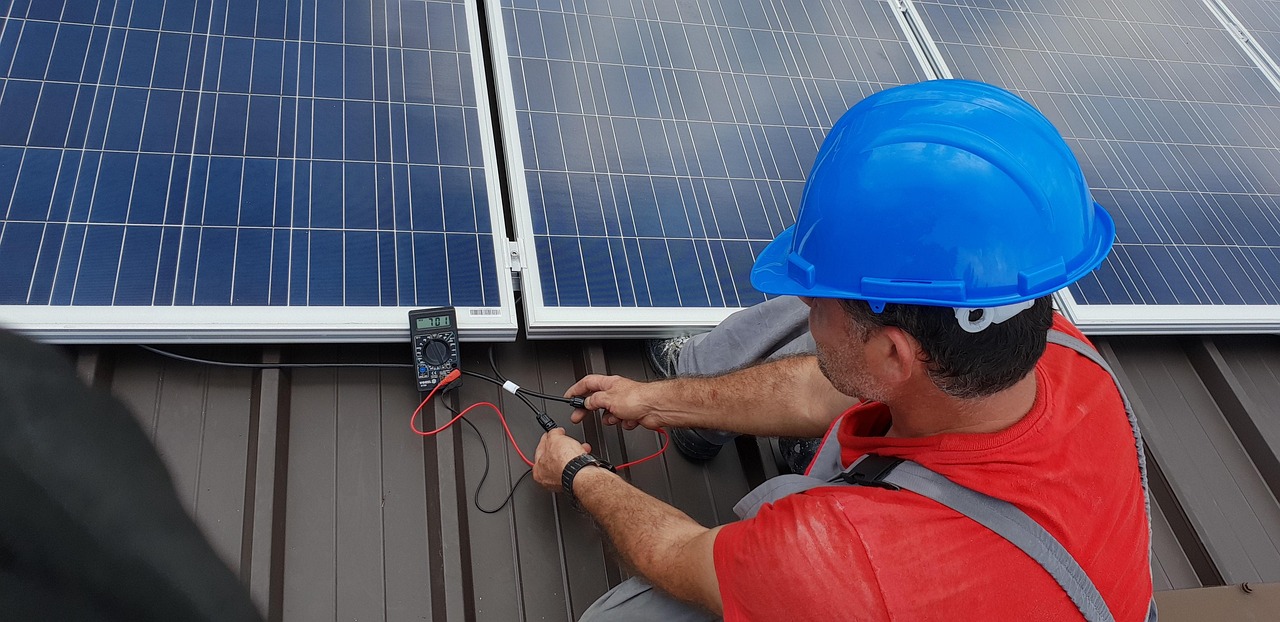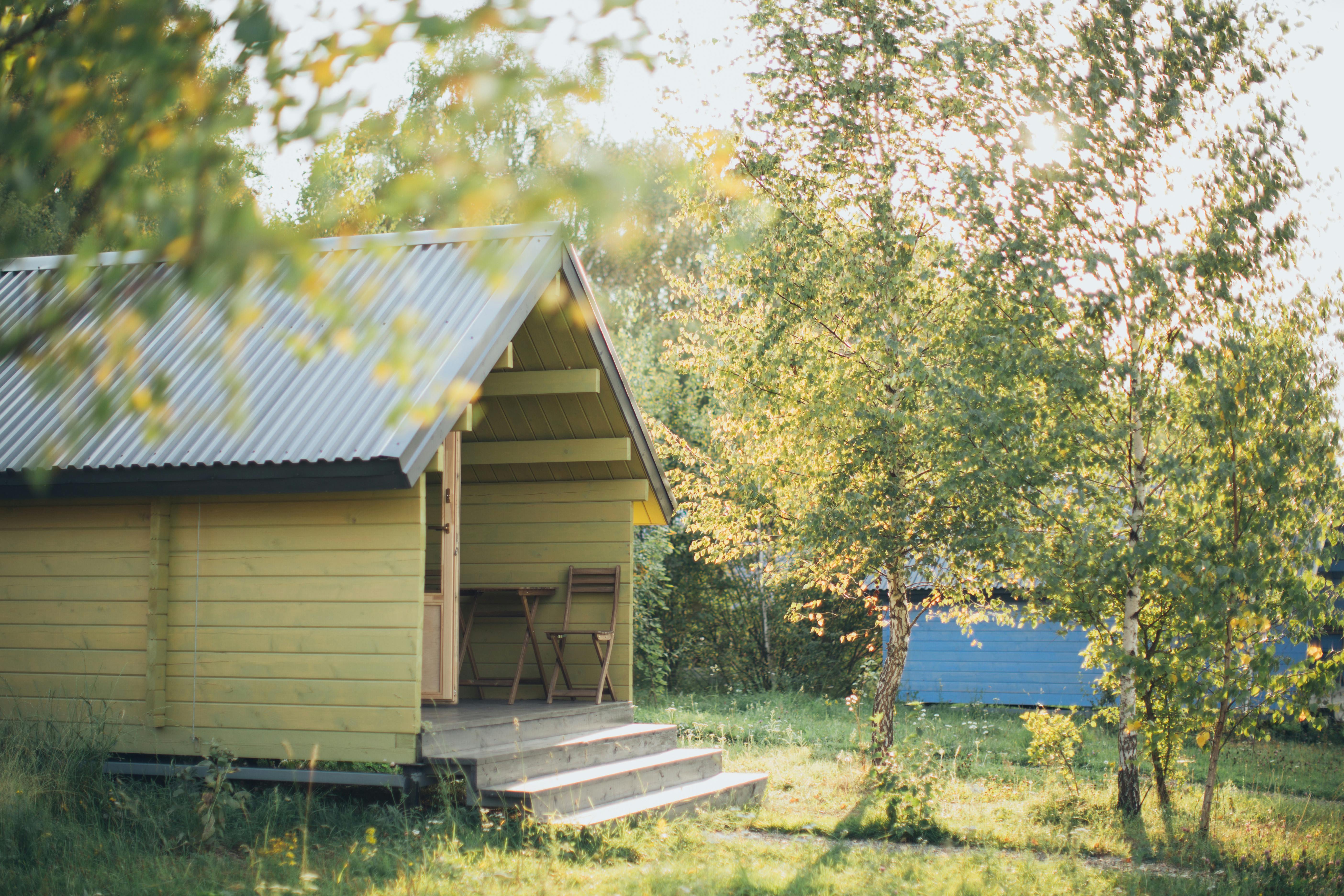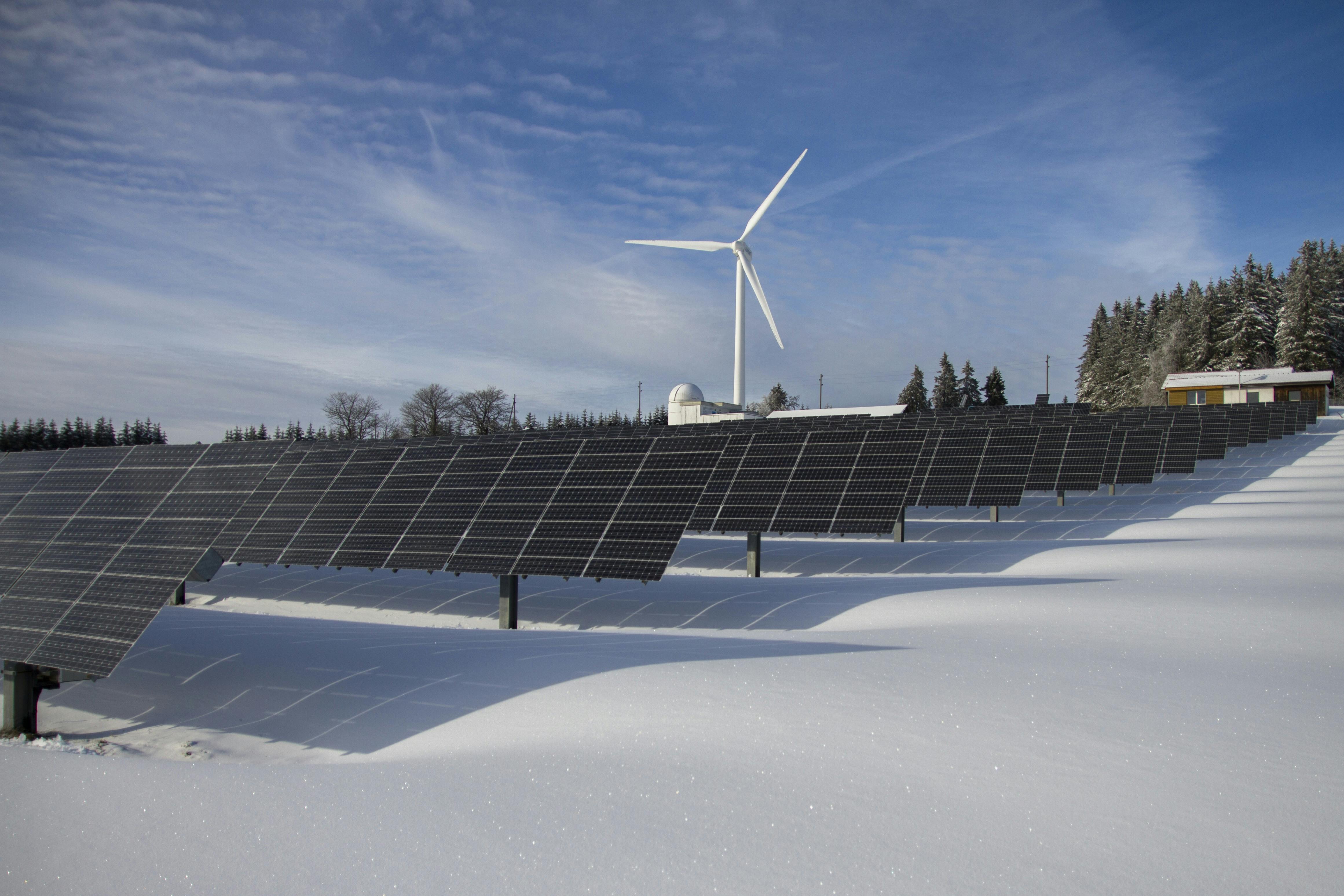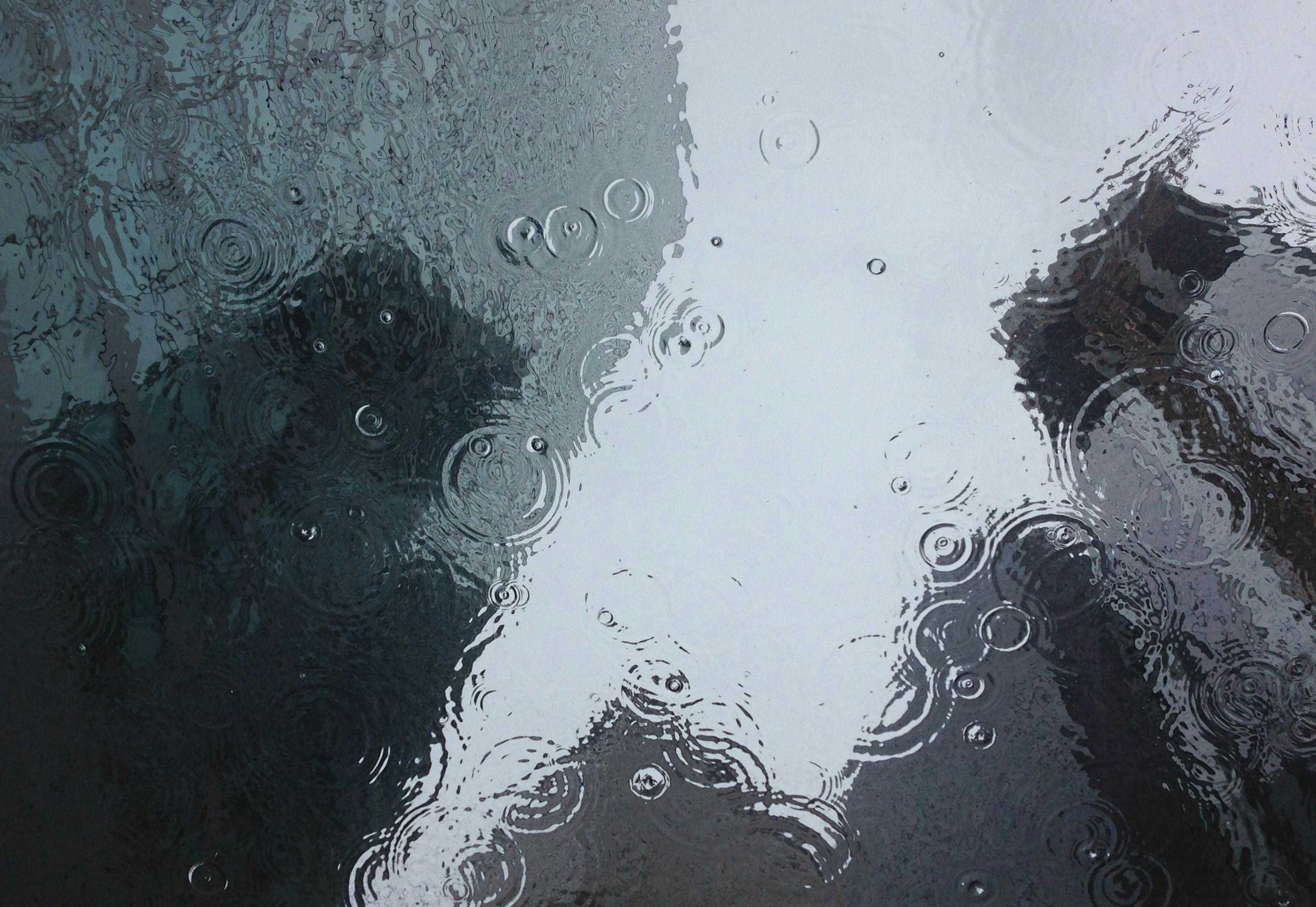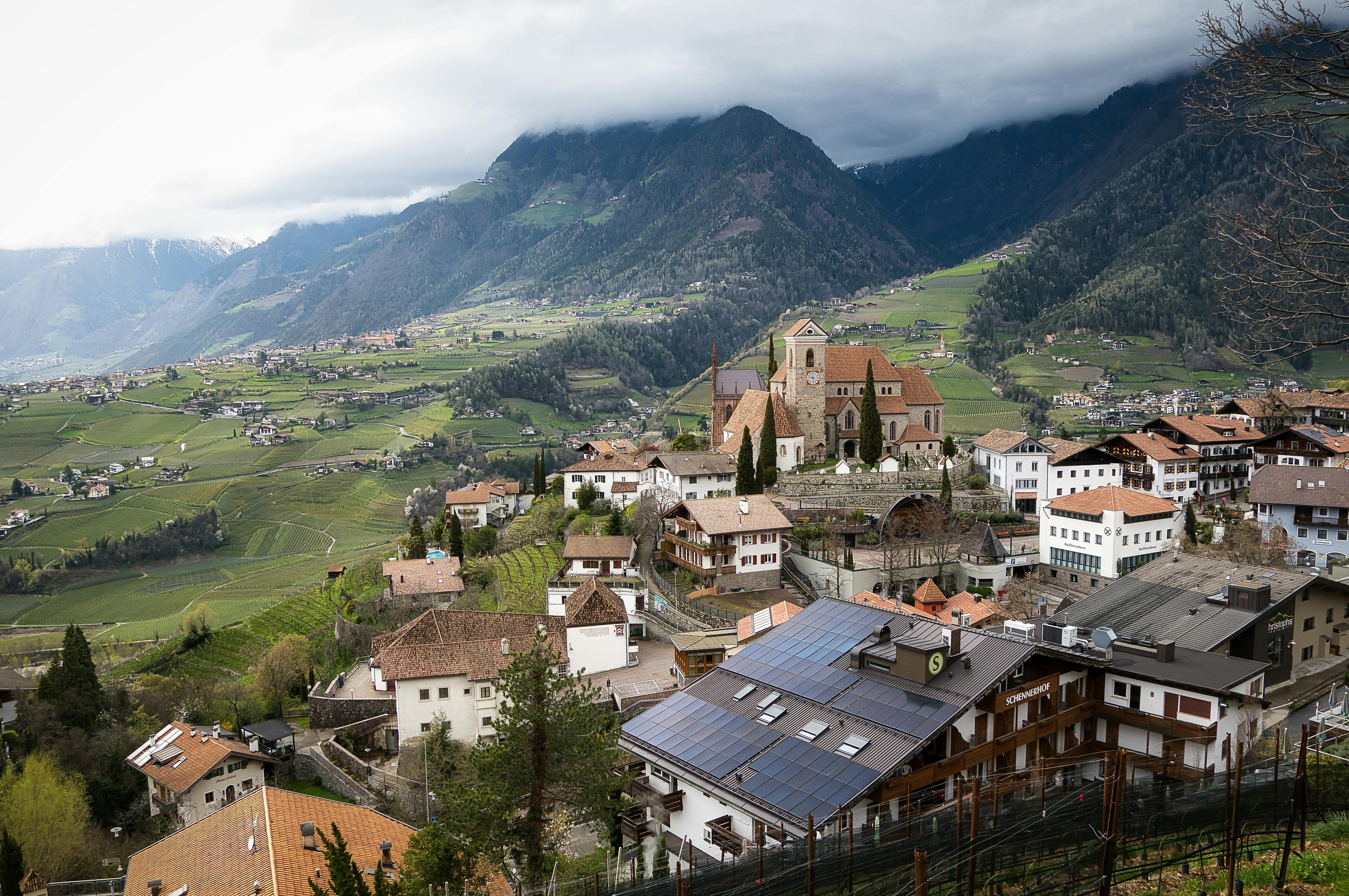What is the cheapest way to make my house green?
Seeking budget-friendly ways to go green? Explore our guide for cost-effective tips and strategies.

One of the best things you can do to make your house greener is to make sure your home is properly insulated. Without proper insulation, the heat you’re generating will escape your home. If this were to happen, you would need to keep generating heat that, in turn, would keep escaping. This means that you’d be emitting more CO2 than necessary in an attempt to keep your house warm. It also means that you’d essentially be burning your money up. Therefore, greening your home is not only kind to the environment, but also to your wallet. It’s a win-win!
Key Takeaways:
Is poor insulation really that big an issue?
Yes! But don’t take our word for it. According to The Energy Saving Trust, 25% of heat escapes an uninsulated home through its roof, while a third escapes through the walls of the home. So it’s safe to say that there’s a lot to gain from insulating your home!
Is it difficult to insulate my home?
Not necessarily. Depending on your circumstances, you could even insulate your home yourself. In other cases, you might need a professional installer to do the work for you. For example, if you have an easily accessible loft that doesn’t suffer from damp problems, and you also don’t have a flat roof, you’re likely to be able to do-it-yourself (DIY). If you were to have a flat roof, you would need to acquire the help of a professional. In the case of a loft with damp problems, professional assessment would need to be carried out before an installation.
Another example is wall insulation. If you’ve got cavity walls, which you’re likely to have if your house was built after the 1920s, adding insulation should be a very quick and mess-free experience. A cavity wall is made up of an outer wall and an inner wall, with a gap in between. This gap is what is referred to as the cavity. Most cavity walls can be insulated from the outside, by injecting insulation material into the gap. For an averaged sized house with easily accessible walls you can expect an installation to take around two hours to complete. The Energy Saving Trust estimates the cost of the installation to pay off within five years of installation due to the big impact this will have on retaining heat within the house.
If your house was built before the 1920s, it’s likely to have solid walls. A solid wall is just that, a wall without a cavity. If you’ve got solid walls you can add internal or external insulation. Adding internal insulation would slightly shrink the size of your home as around 10 centimetres would need to be allocated for insulation on each wall. Both internal and external insulations are bigger projects than adding insulation to cavity walls and that’s reflected in the cost.
Note that if your house was built from the 1990s onwards, insulation is likely to already be put in place.
How can I keep heat from escaping through doors and windows?
If you’re not looking to exchange your windows for double or triple glazing, or exchange your front door for one that will better retain heat, there are cheap quick-fixes to draught-proof your door and windows. Keep in mind though that if you’d like to invest in window glazing, there is a huge difference in efficiency between double and triple glazing with a very small price difference. So we’d recommend the latter! However, The Energy Saving Trust estimates that only draught-proofing a typical semi-detached and gas-fuelled British property could save you £45 yearly. This does not account for the fact that your home is also likely to feel comfortable at a lower temperature without the draught.
Draught occurs as a result of holes, gaps, or cracks, and these can be covered as a DIY measure or professionally. A typical semi-detached British property would cost around £225 to draught-proof professionally but you can Google other solutions for less.
How do I know whether my house is properly insulated?
Keep in mind that typically from the 1990s onwards, new builds would have been built with built in insulation. But if you’d like to investigate how well insulated your house is, you could get a heat loss survey done. The surveyor brings thermal imaging cameras with them so that you can see where the heat goes.
You can also have a look in your loft to see if there is any insulation there. If you have insulation but you know that it’s more than 20 years old, then you might be interested to know that the new insulation that can be installed today is much more efficient. It’s a cheap, easy and pain-free way to massively improve insulation in your home.
In terms of walls and flooring, you can check whether they feel cold. And you can look for draught along your exterior doors and windows.
How do I know how much money I’d save on insulating my house?
We’re able to graph this for you in our model! Initially, the model will show you how much money and carbon you’ll be able to save with solar panels, but if you change tabs from “Electricity” to “Heating” you’re able to see the impact of different types of insulation. Before you’re shown this new view, you’ll be asked to enter a few more details about your property than you were initially asked to enter. In total, entering information shouldn’t take you more than a few minutes.
As you can see, our model allows you to select different types of insulation and display the impact on your monthly heating spend. Our model is free to use and without obligation, so why not have a play around?
If you’re interested in other ways of greening your house, you can also have a look at our other Green Guides - we'd suggest starting off with our complete solar panel guide which covers everything you would need to know. We also have a Guru FAQ section if you’re particularly interested in learning more about solar panels.
Ready to see what you can save?
Our solar calculator is 100% free to use. Enter your postcode below to get started.

Based on 400+ Trustpilot reviews

